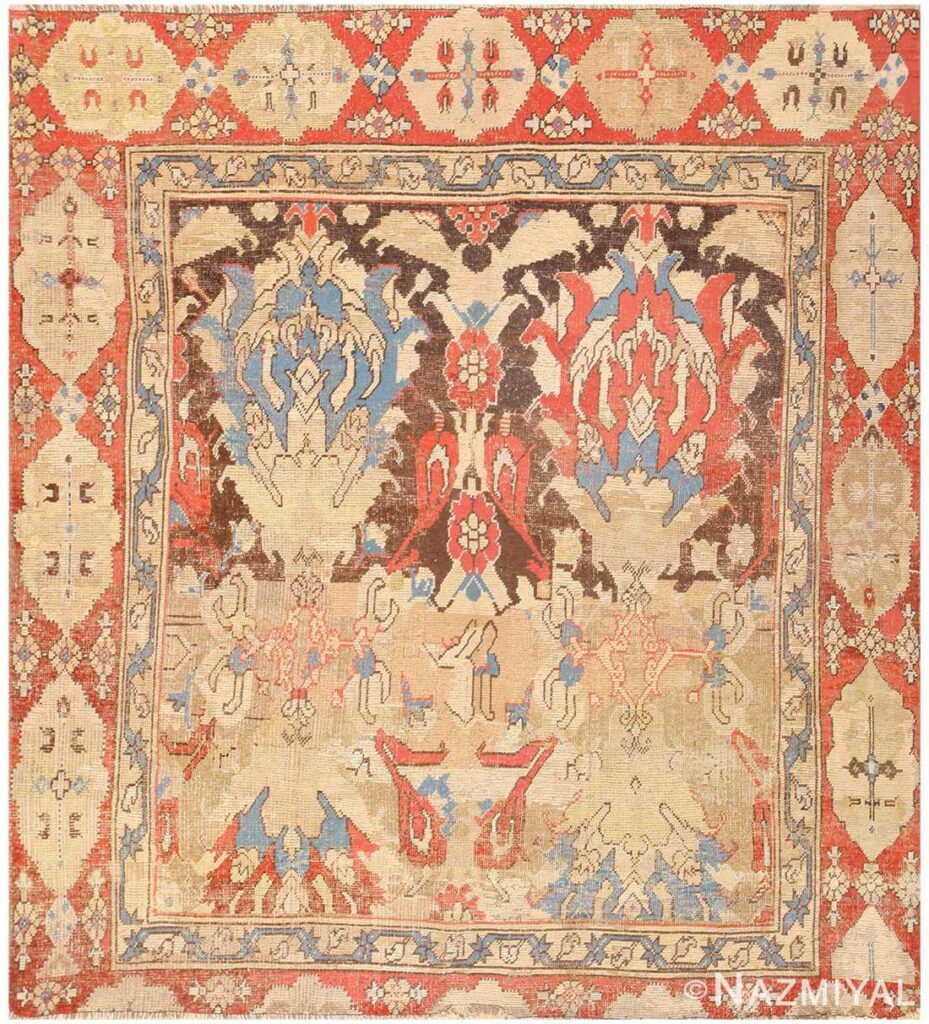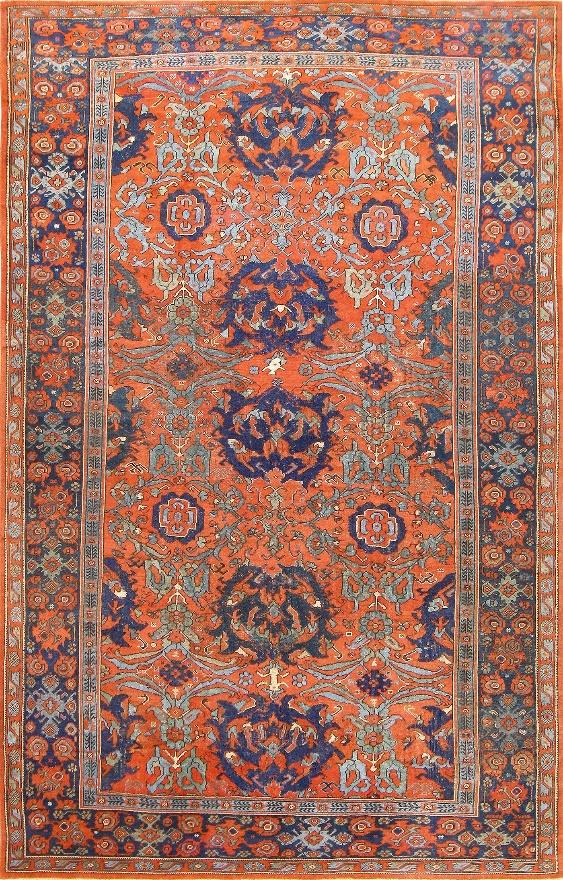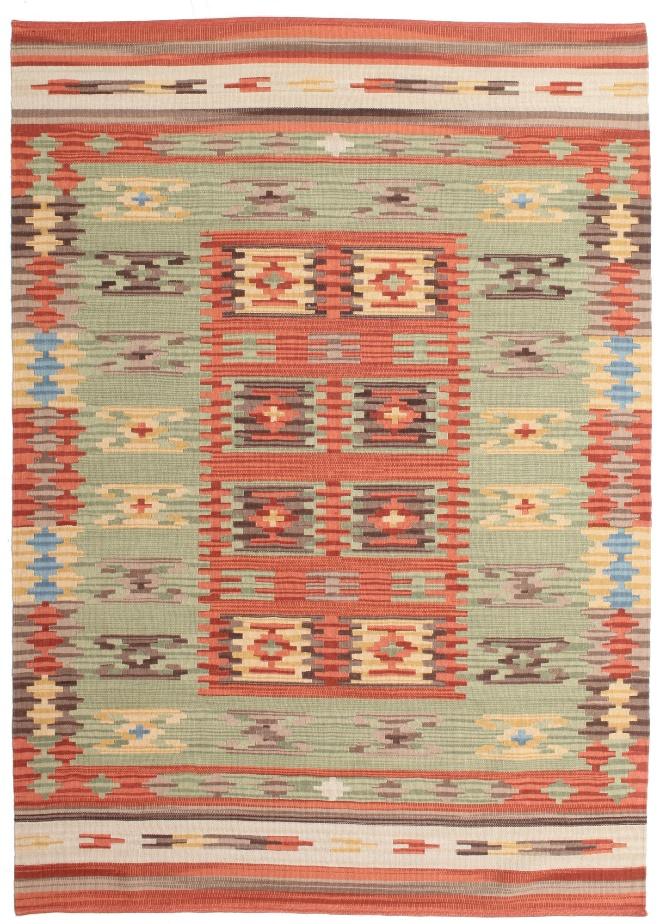Izmir (Smyrna) Rugs
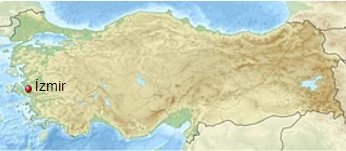
Izmir is a metropolitan city in the western extremity of Anatolia. It is the third most populous city in Turkey, after Istanbul and Ankara, and the second largest urban agglomeration on the Aegean Sea after Athens.
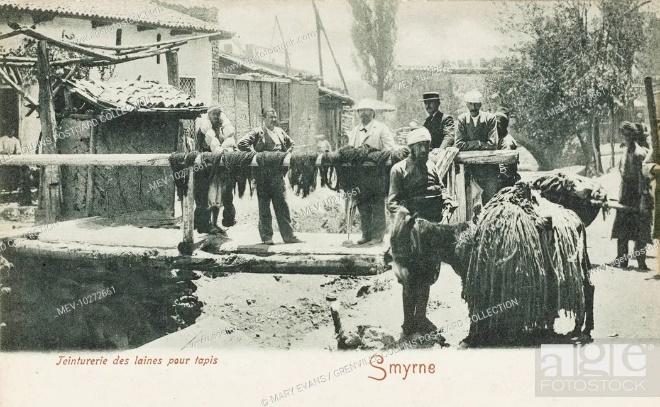
Izmir is the Turkish pronunciation for Smyrna. Smyrna has more than 3,000 years of recorded urban history, and up to 8,500 years of history as a human settlement since the Neolithic period. Lying on an advantageous location at the head of a gulf running down in a deep indentation, midway along the western Anatolian coast, it has been one of the principal mercantile cities of the Mediterranean Sea for much of its history.
Izmir region used to be famous for its rug production till 1920. The famous rug centers of Gördes (Ghiordes), Kula, and Demirci belong to this region.

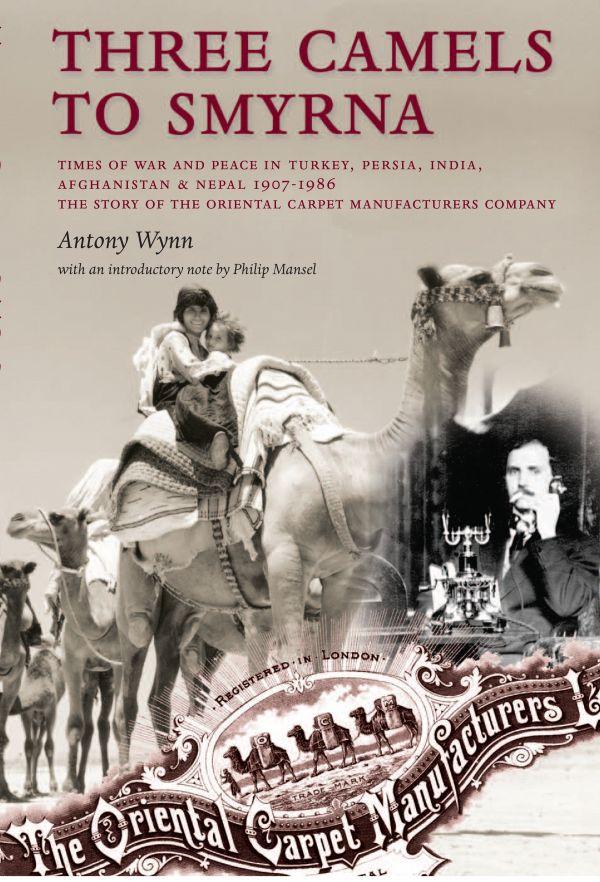
The city of Izmir, too, had rug production till 1920. With revival of the Turkish rug weaving in 1960, Izmir became a bazar and port for the rugs and kilims woven in the province. European merchants may call all antique woven pieces sent once from the Izmir port ‘Smyrna’. A type of large floral design, too, has been branded so.
Technical aspects and the structure of Izmir Rugs

Among antique pieces branded as Smyrna there are large coarse carpets as well as finer area rugs. These are completely woolen.
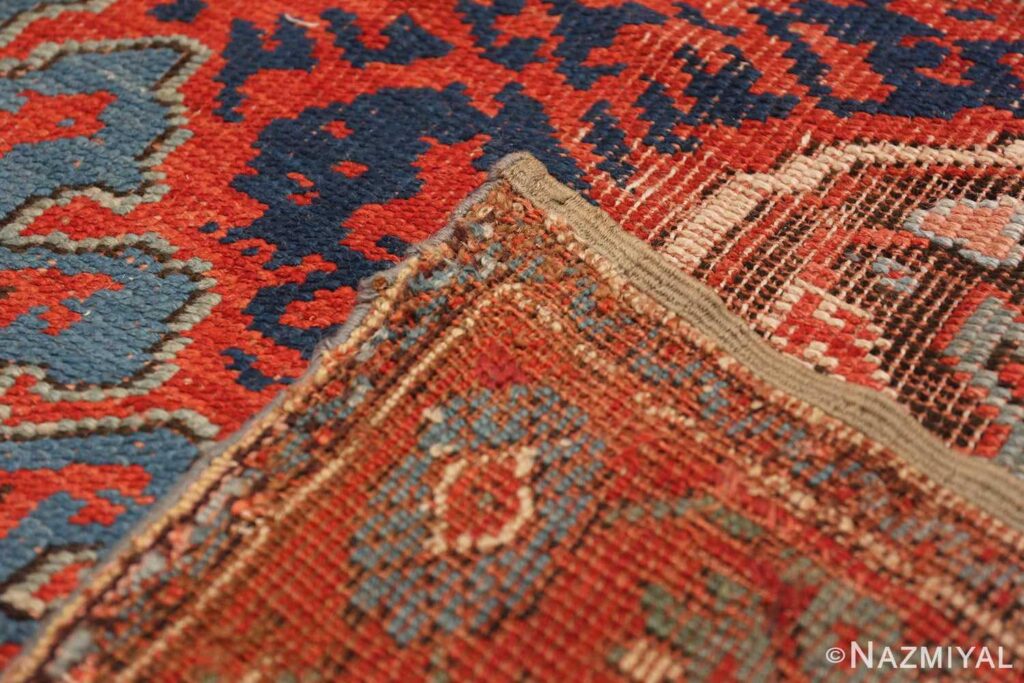
New Izmir pieces have cotton foundation and woolen pile, knitted symmetrically (Turkish). Kilims are also woven presently in the area. Izmir kilims are rather long in size.
Silk used for Hereke rugs come from Bursa. The reputation of Bursa silk backs to before the fall of Constantinople. Knot count of Hereke silken rugs is about 645 per square inch.

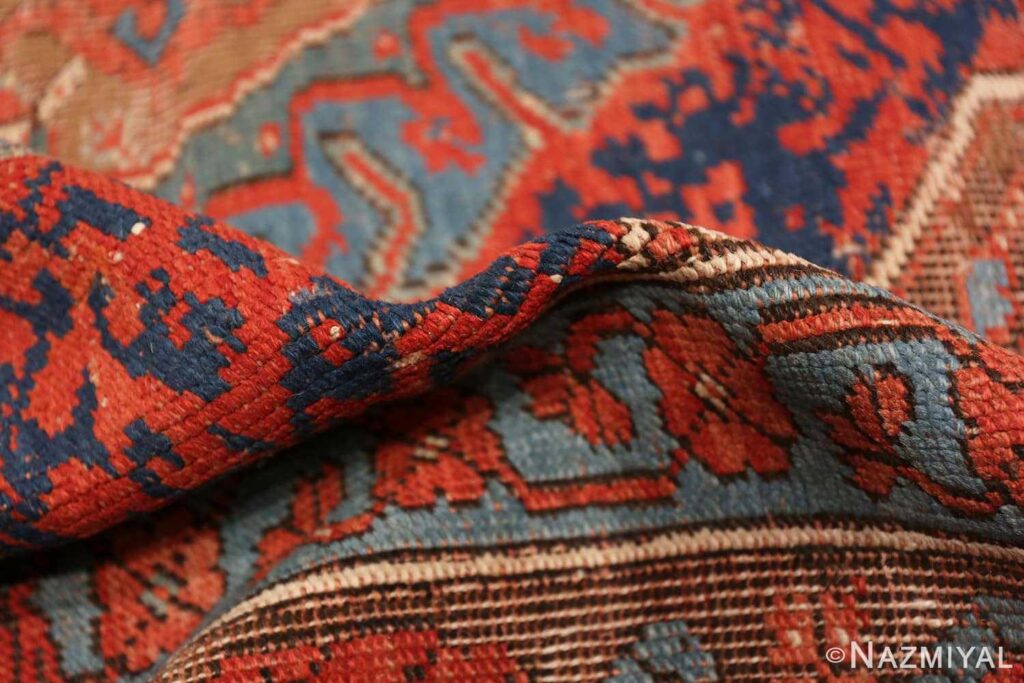
Dyeing and painting of Izmir Rugs
Lively combinations of red, golden camel and blue are seen frequently in antique Smyrna rugs. Shades of pink, beige, orange and green are used as secondary colors.
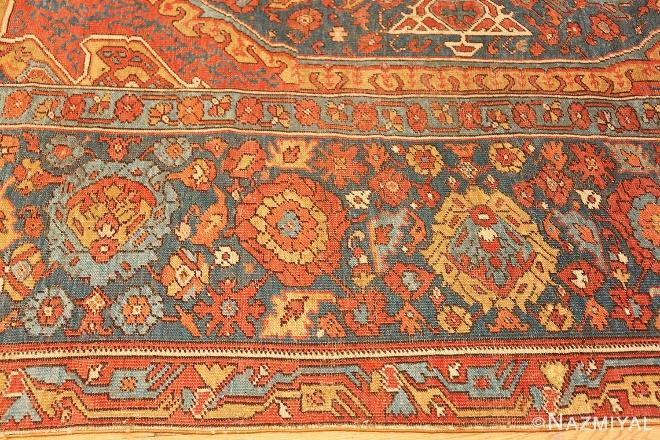
Carpet sizes were usually painted in a humbler way. Beige or pale green may dominate such pieces.
The pastel palette used today for Izmir kilims bear a resemblance to the antique lively palette of Smyrna antique rugs.
Designs and patterns of the Izmir Rugs
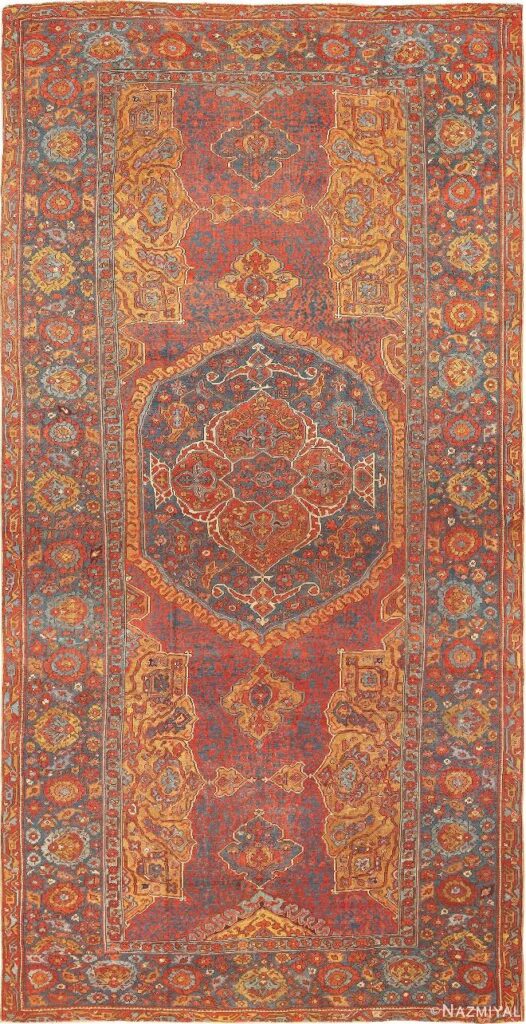
What is specifically called Smyrna design is a version of a large floral design used in the Ottoman court production of the 16th and 17th centuries. Those royal designs are in their turn interpretations of Persian royal designs of Kerman and Kashan. During 18th and 19th centuries such designs were popular in Smyrna for rug sizes.
Antique carpets were mostly designed with central medallions. Double and triple medallions are also found among antique pieces.

New Izmir pieces continue the large flower patterns Smyrna was famous for. Persian styles, too, are still continued.
